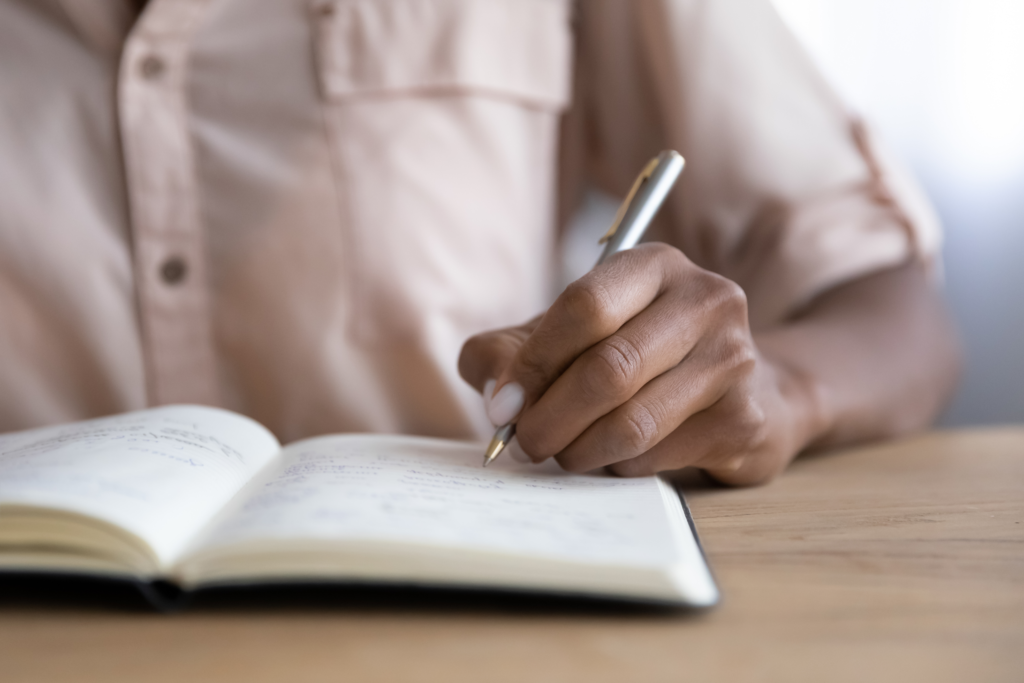Worry vs. Anxiety: How to Recognise and Respond to Each
We all worry from time to time — about our loved ones, our health, our work, or the future. Worry can even be useful; it prompts us to plan, prepare, and take action. But when those worries start to take over — looping endlessly, keeping us awake at night, or showing up as physical tension — they may have crossed into anxiety.
Understanding the difference between worry and anxiety is an important step in recognising when you might need extra support, and learning how to bring yourself back to calm.

What Is Worry?
Worry tends to be thought-based. It’s the mind’s way of trying to solve a problem or prevent something from going wrong.
For example:
- “What if I forget to send that email?”
- “I hope my child settles in at school today.”
These thoughts usually come and go. They’re often tied to specific, real-life concerns — and once we act on them, the worry fades.
Healthy worry is temporary and proportionate to the situation. It helps us focus and prepare. But when worry starts replaying in circles without resolution, it can feed into anxiety.
What Is Anxiety?
Anxiety goes beyond thinking — it’s an emotional and physical experience.
You might notice:
- A racing heart
- Muscle tension or restlessness
- Difficulty concentrating
- A sense of dread, even when nothing specific is wrong
Unlike worry, anxiety often feels less connected to an actual problem and more like an ongoing state of threat. You might feel anxious about feeling anxious, or unable to pinpoint what’s wrong at all.
Anxiety lives in the body as much as the mind. It’s your nervous system staying on alert long after the danger has passed.

A Simple Way to Tell Them Apart
Try asking yourself:
“Is this thought trying to solve something, or is it trying to soothe something?”
If you can take action — make a plan, have a conversation, set a reminder — it’s probably worry.
If nothing seems to ease it, and your body feels stuck in tension or fear, it’s likely anxiety.
Why the Difference MatteR
Recognising the difference helps you choose the right response.
- For worry, practical steps can help: writing lists, problem-solving, or talking it through with someone you trust.
- For anxiety, the focus shifts to calming your body and nervous system: grounding exercises, slow breathing, gentle movement, or seeking therapy support.
The goal isn’t to eliminate either — both worry and anxiety are natural parts of being human — but to understand what your mind and body are trying to tell you.

A Final Thought
If you’ve noticed that worry has turned into a constant sense of unease or fear, it might be time to reach out.
Counselling can help you learn how to work with your thoughts and calm your body’s alarm system, so life feels more manageable and peaceful again.
You don’t have to face anxiety alone. Understanding it is the first step toward finding your way back to balance.
You deserve to feel calm, connected, and confident.
If you’re looking for support in understanding anxiety and learning gentle strategies to manage it, consider booking a free 15-minute discovery call to see if we’re a good fit to work together.


Leave a Reply
You must be logged in to post a comment.